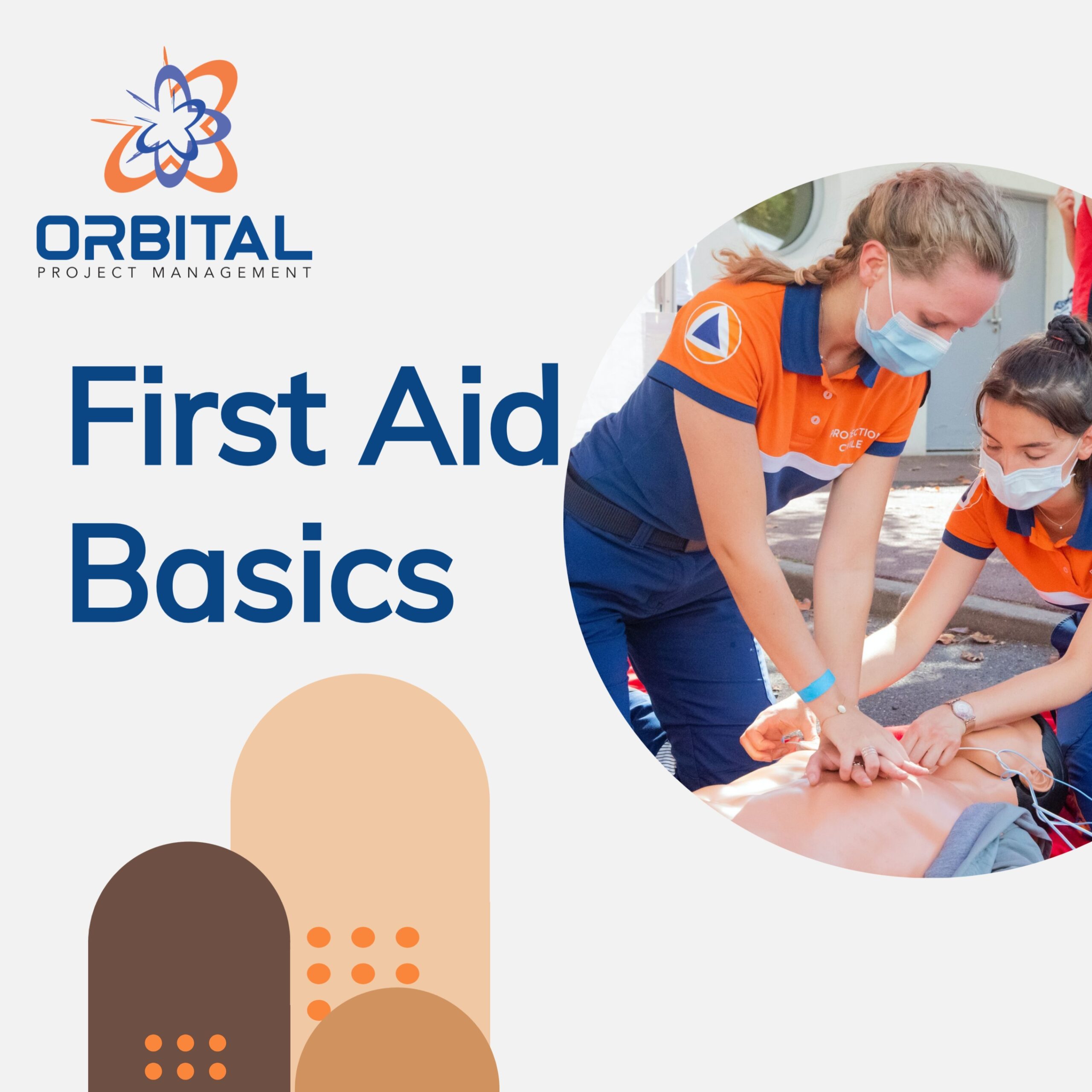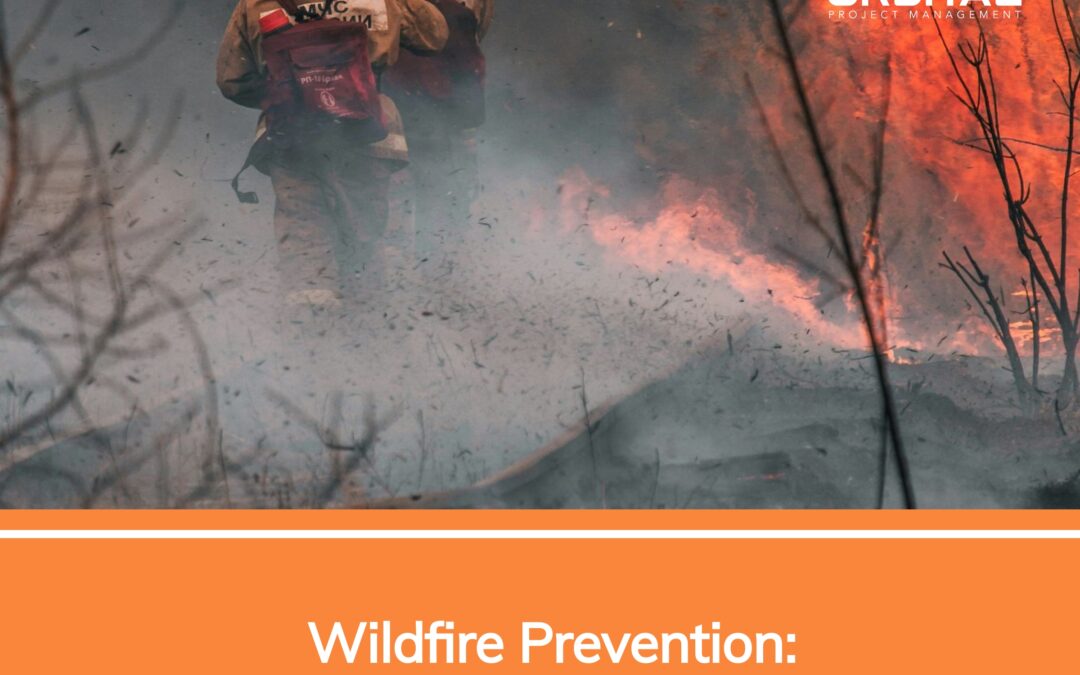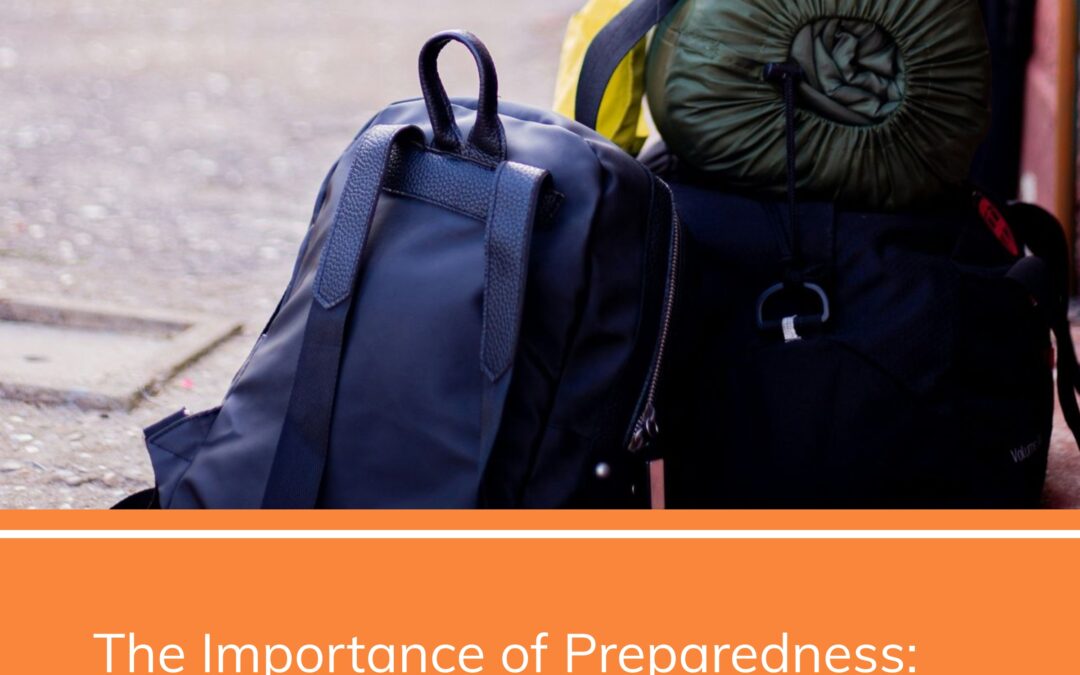Curious how First Aid ended up as December’s Safety topic?
If you are “today years old” and haven’t had a family member with a holiday-related urgent care or ER visit, you may be on borrowed time. From plastic clamshell skin gashes to deep fried turkey grease burns, we’ve got you covered.
The information provided here is just a peek at basic first aid guidelines and is not intended as professional medical advice. Errors are often made in delaying care from medical professionals. Such delays may result in serious infections, loss of limb or sight, or even loss of life. For comprehensive first aid information, consider taking a certification course from the Red Cross or another accredited instructional institution.
Band-aid or ER?
Being able to discern which issues can be handled at home and which ones require professional medical intervention is key. Err on the side of seeking care at a medical facility if there is a shred of doubt or if the injured person’s condition worsens over time. Do not hesitate to call 911 for emergency transport for any illness or injury that imminently threatens life, limb, or sight.
Cuts and Scrapes
Scissors, knives, box cutters, axes, or those godforsaken plastic clamshells…There are numerous ways to seriously injure oneself during the holiday season from wrapping or unwrapping presents to chopping wood for the holiday party fire.
Step one: Attempt to stop the bleeding with direct pressure.
Note: If blood is spurting from a wound in pulses, an artery may have been hit and you must call 911. Apply a tourniquet if possible to a place on the limb that is closer to the heart than the wound (like the upper arm if the hand is injured) or apply direct pressure onto the wound itself until help arrives. If a non-spurting wound doesn’t stop bleeding after 15 minutes of moderate direct pressure, then seek medical attention.
Step two: Cleanse the wound for several minutes under warm running water. Use soap. Yeah, it’s going to hurt. P.S. If someone tells you to “rub some dirt on it,” they mean to stop whining. Actual dirt isn’t your friend here.
Step three: Assess the depth and size of the wound. Does the wound appear to be able to heal/close without stitches or glue? If so, then apply an antibiotic ointment or cream and a sterile dressing that completely covers the wound bed. Keep the dressing clean and dry. Change it daily or more often as needed until the skin is closed. See a medical professional for any signs of infection (redness, heat, pain, drainage) or if the wound has delayed healing.
Special circumstances: If the wound is deep or dirty, you may need a tetanus shot within 48 hours to prevent a serious bacterial infection that can affect your entire body and even cause death.
Eye injuries: Always seek medical attention for eye injuries. Corneal lacerations can permanently impact vision if not treated in a timely manner. If there is debris in the eye, attempt to rinse it away with clean water or sterile eye wash.
Burns
All burns were not created equally. Some may be managed at home while others need an ambulance transport. Here are the basic definitions and some ways to help the injured person until help arrives. It isn’t only the degree classification that matters. The age and health of the injured person, the percentage of skin involved, and the location of the burned area are also factors to be considered. If any person has uncontrolled pain, nausea, or altered consciousness following a burn, seek immediate medical attention. (Aside: Do everyone a favor and do a deep dive on safe turkey deep frying before you EVER attempt that at home.)
First-degree: Think minor sunburn – These burns only affect the outer layer of skin with redness, heat, and pain but no blistering. Most, if not all, small first degree burns for older children and healthy adults may be managed at home by cooling the affected area with cool running water and offering appropriate over the counter pain relievers. If a baby, young child, or elderly person has an expansive first degree burn, seek medical attention.
Second-degree: Redness, heat, and pain, plus blistering. Again, these may often be managed at home following the same protocol for first-degree burns. But if the burn involves a young, elderly, or health-compromised individual, covers more than 10% of the body, or involves sensitive areas such as the face, seek medical attention immediately. Keep blistered areas clean and cover, if ruptured. Apply a topical antibiotic and sterile bandages.
Third-degree: Skin may turn white or charred looking. There may be an absence of pain if nerves are damaged. Attempt to cool the burned area and get immediate medical attention.
Fourth-degree: Charred skin with possible bone showing. You had better be on a 911 call the second you see charred skin. Period.
More-degrees: Yeah, some classification systems go beyond “charred with exposed bone.” We don’t need to go there for our purposes, since you should have an ambulance on the way if you made it to expansive skin involvement for second-degree or any third-degree burns.
Stroke
There really isn’t any first aid for a stroke victim other than getting immediate medical attention. There are two basic categories of strokes, and they may have different signs and symptoms. An ischemic stroke (what we commonly think of as a “stroke”) is when blood flow to the brain is blocked. A hemorrhagic stroke, on the contrary, is when there is a bleed within the brain. If the person seems “off” and you cannot put your finger on what is wrong, you may do a quick field assessment by using the FAST acronym:
F: Face weakness – Can the person smile with both corners of their mouth rising evenly? Can they stick out their tongue and move it from side to side? Is there any apparent drooping of the eyelid or face?
A: Arm weakness – Can the person raise both arms and hold them in the air without one or both drifting downward?
S: Speech issues – Can the person speak clearly and understand what you’re saying? Can he or she follow simple directions? Can they clearly repeat simple phrases like “No ifs, ands, or buts”?
T: Time – Record the time that signs or symptoms first occurred. For ischemic strokes, there is a time limit to administering clot dissolving medication. And, it is TIME to call 911 if any of these issues are present.
There are other signs and symptoms that may also be present:
- Sudden weakness, numbness, or loss of balance
- Sudden severe headache
- Sudden confusion
- New blurred vision or sudden loss of vision
Note: If anyone ever says the words “worst headache of my life” get them to an ER immediately. This phrase is often used by hemorrhagic stroke victims.
Choking
From small toy parts and toddlers to laughing with a piece of hard candy in your mouth, choking happens. Managing choking events varies based on the age and size of the person involved. Sometimes it is recommended to try and sweep the person’s mouth in case you can dislodge the item. However, you run the risk of pushing it deeper into their airway. If you have one of those new gadgets that cover a person’s nose and mouth and then provides suction, that is a better option. Otherwise, it may be prudent to move along to the next step in the process: Delivering blows.
For infants or very small children, place them face down over your forearm with their belly on your arm. Support their lower jaw/chin with your hand, and keep them on a downward angle with their head lower than their back. Deliver 5 strong blows to their midback with the heel of your hand. Turn them over onto a hard surface and deliver 5 chest thrusts by pressing on the area between their nipples with two fingers. Continue alternating between back blows and chest thrusts until help arrives or the child becomes unconscious and you begin CPR chest compressions. Use extreme caution with rescue breaths, which may force an object deeper into the airway.
For larger children and adults, use some variation of the Heimlich maneuver in which you stand behind them with your arms wrapped around their waist. Ball one hand tightly into a fist against their abdomen and grasp your fist with the other hand. Provide a forceful inward and upward thrust just below their sternum/breast bone, squeezing them tightly to your body. You may lift smaller people off the ground to provide enough force. Deliver several repeated thrusts until the item becomes dislodged or the person becomes unconscious and you begin CPR chest compressions.
For larger persons that you cannot reach your arms around, have them lean with their upper abdomen against the back of a rigid chair or edge of a counter. Forcefully press their back to cause the chair/counter to provide the thrust to their abdomen.
If the item is not dislodging or the person becomes unconscious, call 911. Any time you begin CPR, have someone call 911.
Cardiac Arrest and CPR
Back in the day, CPR instruction was complex. In order to develop a more user-friendly and effective approach, it has been distilled down to identify chest compressions as its core component. Even if you don’t feel comfortable delivering rescue breaths (2 breaths after every 30 chest compressions), at least provide the chest compressions. If you have multiple CPR-trained individuals present, feel free to alternate 15 chest compressions with 2 rescue breaths. Just know that the chest compressions have been identified as the most critical component. A 911 operator can walk even an untrained person through the basics of delivering effective CPR. It bears repeating: Call 911 any time a person is unconscious and CPR is initiated.
Effective chest compressions require the person’s body to be on a rigid surface, such as a floor versus a bed or sofa. Move the person’s body to a rigid surface if necessary. Kneel next to the person’s torso, with one of your hands on top of the other, fingers laced, and arms locked straight. Using your body weight, press deeply and firmly onto their sternum using the heel of your palm until it drops at least 2”. Deliver 100-120 compressions per minute. If you hear ribs crack, do not stop. This is a possible outcome, especially in older persons. Continue CPR until medical personnel arrive.
Difficulty Breathing
If a person complains of new onset difficulty breathing without apparent choking, they may be suffering from the early stages of cardiac arrest or from congestive heart failure. If they have a known history of congestive heart failure, they may be having an acute event following intake of high-sodium foods.
No matter the cause, seek immediate medical attention. Should they become unconscious before help arrives and you cannot locate a pulse, begin CPR.
Food Poisoning
Consider yourself lucky if you’ve never suffered from food poisoning. Especially with holiday buffet-style meals, perishable foods with dairy, meat, eggs, seafood, and other bacterial breeding grounds sit out at room temperature for much too long. Garden variety food poisoning isn’t fun, but can sometimes be managed at home. Offer sips of water or an electrolyte-containing beverage such as Gatorade, as tolerated. For severe cases with uncontrolled vomiting and diarrhea, seek medical attention for IV rehydration or other treatment.
To help prevent food spoilage, place chilled dishes on ice to prolong their safe time at room temperature. Hot dishes can be kept heated using chafing pans or slow cookers. Most foods that aren’t actively heated or chilled have a 2-hour safe time and must be discarded after that. In rooms where the temperature reaches 90F, the safe time is reduced to one hour. Set a timer to ensure the appropriate safe time limit is followed.
Stay Calm
No matter what urgent or emergent situation arises, staying calm and thinking clearly are your best assets. When in doubt, call for help.
Another good way to learn prevention and safe response techniques is to educate yourself on potential risks before exposure occurs. We can help. Subscribe to The Nucleus for monthly safety articles and information direct to your inbox.






